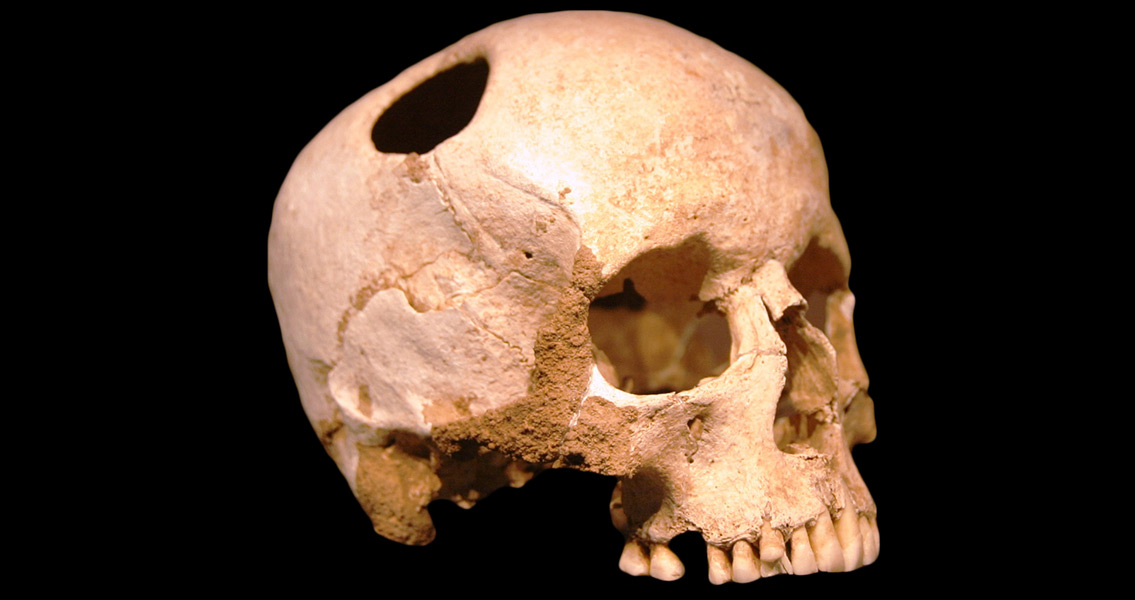<![CDATA[A team of researchers has recreated, step-by-step, a trepanation operation from the Bronze Age. The experiment was conducted using the skull of a man previously discovered at the Anzhevsky archaeological site, in the Nefteprovod II burial ground, southeast of Kansk, in Siberia. The 'patient' was 30 to 40 years old when he died, with markings from a surgical procedure on his skull. The researchers concluded the man lived on after his surgery, due to an opening in the skull’s parietal bone which showed signs of healing, along with signs of post-operative inflammation which they believe eventually led to his death. Trepanation is a surgical procedure where a hole is made in the skull by cutting or scraping, exposing the ‘dura mater’ layer (the outermost membrane around the brain). In ancient times, holes like these were cut into a person's skull when they behaved abnormally, as a way to release what were thought to be evil spirits. Dr. Sergey Slepchenko: a former surgeon and current researcher with the Institute of Archaeology and Ethnography, explained in The Siberian Times that: “…the key to a successful surgery was the patient’s complete trust and confidence that the surgeon had the necessary skills and knowledge to carry out such an operation.” Another critical element was the patient’s ability to endure the pain. The plants that were being used as painkillers in other areas are not found in Siberia. Instead, the researchers identified other flora used by indigenous peoples to bring a person to an “altered state of mind.” They believe that magic mushrooms, cannabis and even ecstatic styles of dancing were all used for pain control during early brain surgery, 3,000 years ago in Russia. The team has been able to recreate the procedure based on the shape and inclination of the opening’s edges. It seems the patient was lying on his back with his head turned to the right, and that the surgeon likely stood to his left side. A wide cut through the skin and tissue to the bone was made, after which the skin and aponeurosis were peeled away. The shape of the hole suggests the bone was scraped rather than cut, to expose the dura mater. High survival rates following trepanation in ancient times were likely due to the fact that the operations were primarily extradural. After the operation, the opening would have been covered with skin; although it’s unclear if bandages or sutures were used, how the wound was drained, and how any bleeding was stopped. Of course, no written records are left, the experts however, theorize that ‘herbs or red-hot objects’ were used. The grave in which the skull was found had been looted in ancient times, and only a little more than the skull remained, including tubular bones fragments from the ribs and upper limbs. A traditional Karasuk-style knife was also found in the grave, but there is no indication it was used for the surgery. This study has been published in the International Journal of Osteoarchaeology. ]]>
Team Recreates Bronze Age Trepanation Step-by-Step
